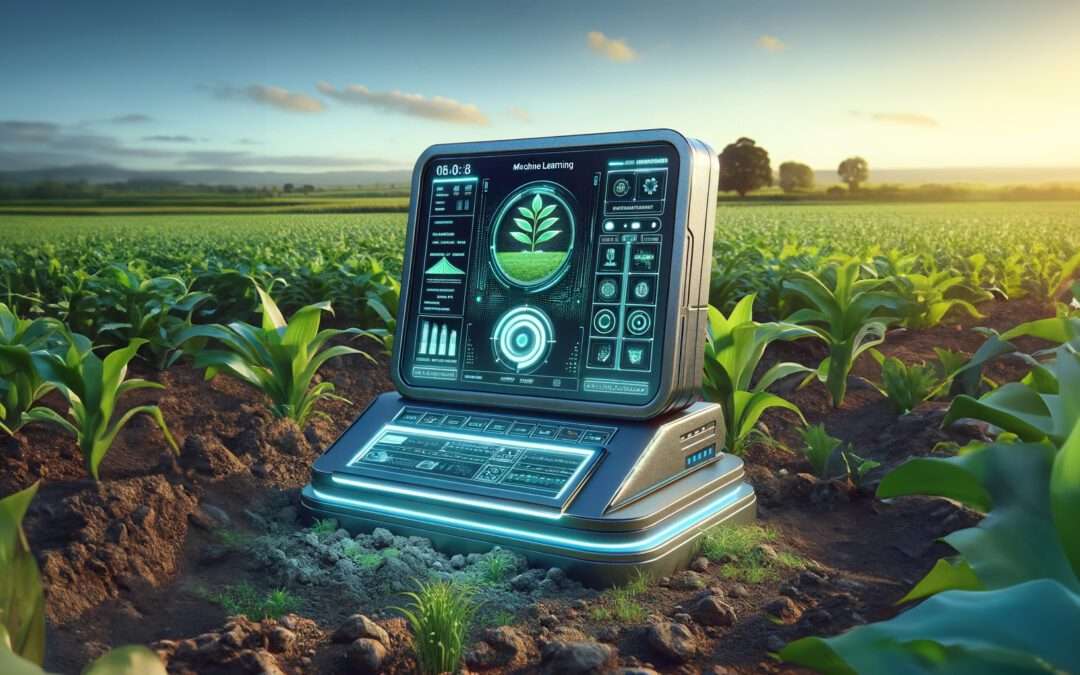Machine learning has improved routine operations in many sectors, promising to enhance agricultural efficiency and precision with fertilizer recommendation algorithms. However, these systems may not always be accurate enough for farmers’ needs.
Considering how complex and dynamic our soils are helps to understand the lack of the mechanistic and automated approach for analyzing and creating fertilizer recommendations. Such factors as weather patterns, organic matter content and microbial activity can introduce unrecognized variability into calculations. While machine learning algorithms can process large datasets, they often lack the nuanced understanding of soils’ behaviors, leading to potential inaccuracies in recommendations. For instance, microbial activity can change organic matter mineralization from 2 to 12 lb/ac of N per % of OM, depending on moisture, temperature, soil type, etc.
Agricultural lands or fields represent a higher level of complexity, where, in addition to soil and weather, factors such as landscape and human activities also play an important role which may not be considered by machine learning models with limited adaptability. These new variable factors also affect crop growth and the general soil production potential. The same soil type within one field, but with different field histories or micro-landscapes, can drastically change nutrient supply. For example, a field where an old train line was removed decades ago still shows very high organic matter along that line compared to the rest of the field. This is due to wind-induced soil erosion in the 20th century, where that line acted as a windbreak, catching fine particles of soil.
The accuracy of machine learning predictions heavily depends on the quality and quantity of the input data. Issues like missing data, noise, and errors due to equipment malfunctions or human mistakes can significantly impact the accuracy of ML models. Other challenges can be data variability, data volume, data collection, data preprocessing. This involves making data from various sources accessible and interpretable for models, potentially complicating the modeling process.
One of the most challenging aspects of implementing machine learning is its lack of flexibility to adapt to local knowledge and practices that farmers use over generations in practice. This gap can lead to recommendations that are technically correct but practically not optimal for specific local conditions.
Overall, the integration of Artificial Intelligence and Machine Learning into various spheres of our lives, specifically in crop production, is unstoppable but faces several challenges in development, adaptation, and implementation. On the other hand, the role of an experienced local agronomist, who has been involved in crop production for years and understands the local aspects of crops growing, is crucial for success, especially when the agronomist has tools such as ML models and AI in general, adapted to solve routine tasks in agriculture. The flexible human mind is a great tool to fine-tune rigid machine recommendations, making the team of the two unbeatable for a grower’s successful season.

